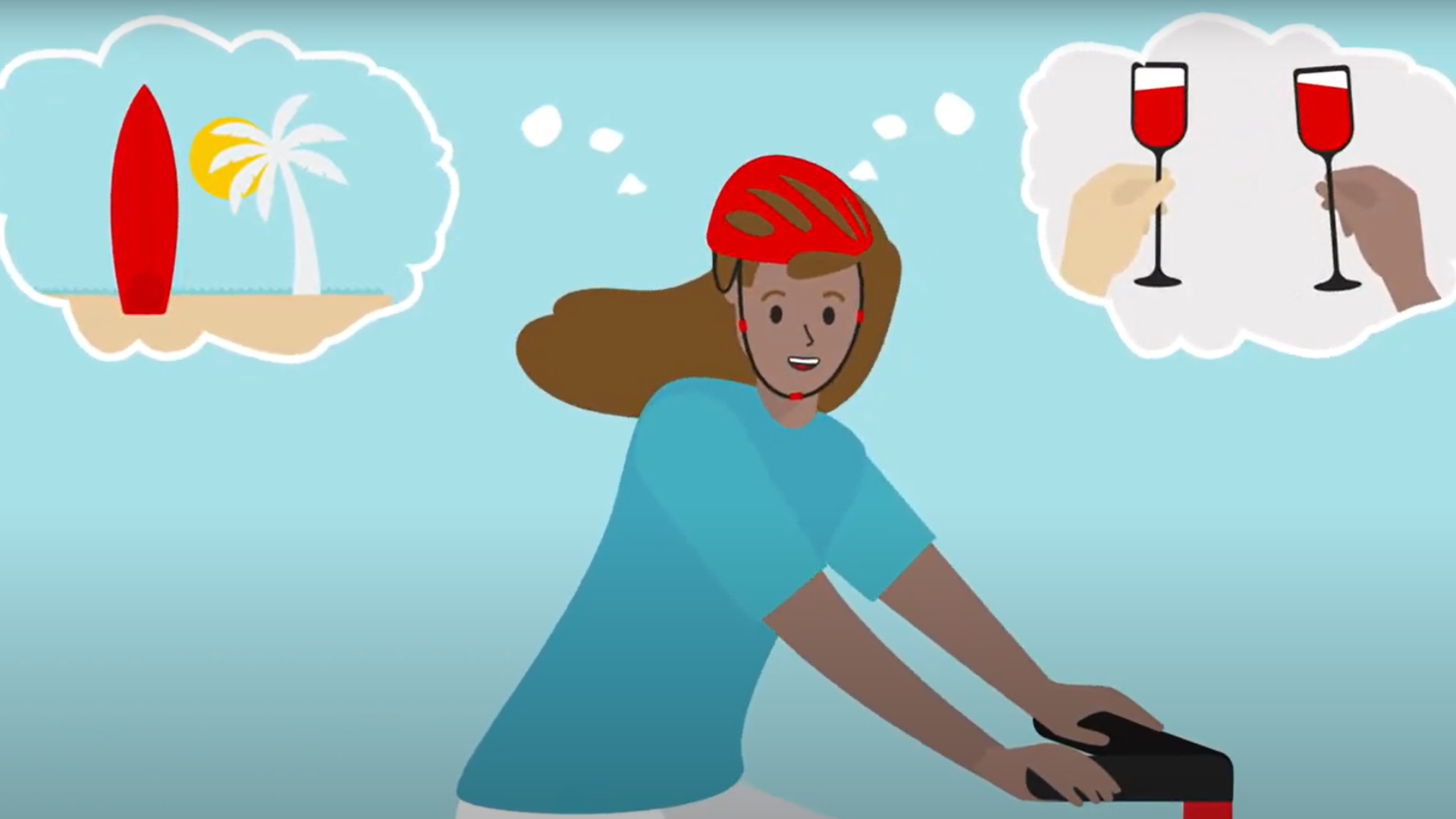How to boost your balance in retirement
The super system is designed to help Australians easily save for retirement during their working lives. But did you know there are still a couple of ways to boost your balance in retirement?
The super system is designed to help Australians easily save for retirement during their working lives. But did you know there are still a couple of ways to boost your balance in retirement?
Here are a few ways you could do it:
Downsize your home
If you’re thinking of selling your home, you may be able to may what’s called a ‘downsizer contribution’ to your super.
From 1 January 2023, if you’re aged 55 or above and fit the eligibility criteria, you can contribute up to $300,000 from the proceeds of the sale of your home into your super. If you have a partner, you can each contribute up to $300,000 for a total of $600,000.
However, the total amount you contribute can’t be greater than the total proceeds of the sale of your home. For example, if you sell your home for $200,000, you can’t contribute the full $300,000, as this exceeds the proceeds of the sale.
If you’re eligible, you can make a contribution from the proceeds of selling your home where the contract of sale was exchanged on or after 1 July 2018.
It’s also important to think about how selling your home may impact your eligibility for the age pension.
For example, your home isn’t included in the assets test if you live in it, but selling it may change things.
If you decide to sell, the proceeds are exempt for up to 12 months if you plan to use them to buy, build, or renovate another home. But the proceeds are ‘deemed’ in the income test; this means they’ll be assessed as income from financial assets.
Review your investment options
Unless you withdraw your balance and stash it under the mattress, your super will still be invested in some way through your retirement.
While you likely won’t use the same investment strategy you may have used at the start of your career, your super can continue to grow significantly in retirement depending on how it’s invested.
In fact, up to 60 per cent of a member’s wealth is earned through investment during retirement1.
1Russell Investments: ‘The 10/30/60 Rule’, January, 2015
Make voluntary contributions
If you’ve reached your preservation age and want to start tapping into your super while you keep working for a little while longer, you can deposit some of your super savings into an income account as a transition to retirement member.
You can then start receiving regular payments from this account, helping make up the difference in your salary from your reduced work hours. Because you’re still working, your super account will continue to receive employer contributions and any voluntary contributions you make.
If you’re still working after turning 67, your employer will be paying your Superannuation Guarantee contributions, and you might also be eligible to make voluntary contributions to your super.
From 1 July 2022, the government has removed the work test – this means that if you are between 67 and 74 years old, you can make or receive personal super contributions and salary sacrificed contributions (within your existing contribution cap limits) without meeting the work test.
The concessional contributions cap, for contributions from your pre-tax salary is $27,500 for the 2023/24 financial year, while the non-concessional contributions cap, for contributions from your after-tax salary, is $110,000 a year for the 2023/24 financial year.
Watch this short video to learn how to boost your super:


